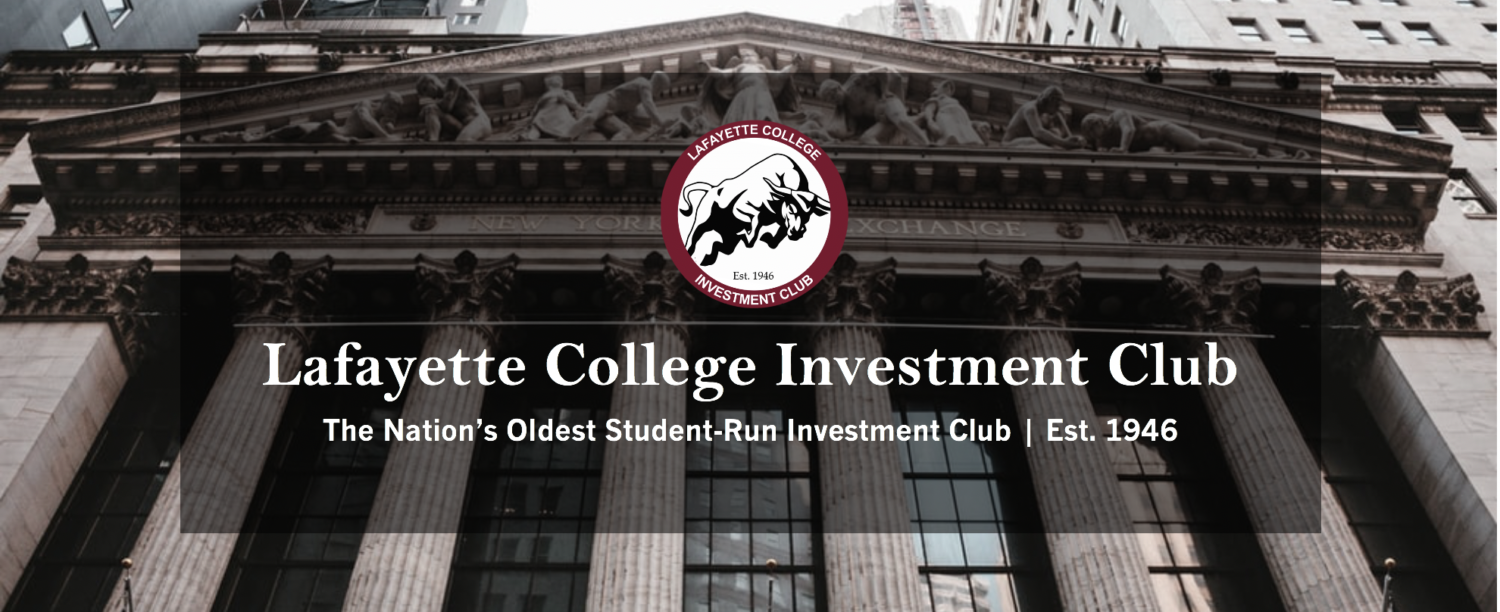Figures Come In Below Economists’ Expectations
U.S. employers added just 148,000 jobs in September, a sign the labor market stumbled heading into Washington’s latest round of budget battles.
The Labor Department’s latest snapshot of the job market showed the pace of payroll growth falling in recent months, reflecting a recovery that is struggling to gain momentum. Private payrolls rose by an average of 129,000 a month in the third quarter, slower than the average monthly gain of more than 200,000 private-sector jobs in the first half of the year.
The overall gain in nonfarm payrolls was below economists’ expectations for a gain of 180,000 jobs. Revisions to July and August figures added only 9,000 more jobs than previously reported.
The nation’s unemployment rate, obtained by a separate survey of households, ticked down to 7.2% last month from 7.3% in August, due to more people finding work rather than dropping out of the labor force.
“If there is positive news, it is that the economy continues to grind forward,” said Jim Baird, chief investment officer at Plante Moran Financial Advisors. But, he warned, “lackluster employment conditions continue to keep consumer wage growth, confidence, and ultimately spending in check.”
Tuesday’s report marked the first major gauge of the economy released by the government after the partial shutdown that started Oct. 1 and shuttered agencies that compile the data. The report was released more than two weeks after it was originally scheduled for Oct. 4.
The Labor Department said data collection for the estimates in the report had been completed before the shutdown in line with its normal schedule. The shutdown also affected October’s report, which will now be released a week late, on Nov. 8. Economists have said muddied data could extend into November and possibly beyond.
September’s numbers, based on surveys conducted in the middle of the month, are among the final readings of the labor market before the shutdown and debt-ceiling fight introduced new uncertainty into the economy. Several recent surveys show business executives are restraining their hiring partly because of concerns about how the budget fights could influence the economy and markets.
The discord has already weighed on Federal Reserve officials, who delayed a pullback in the central bank’s bond-buying program last month partly because of worries about how the fight would influence the economy. The Fed has tied a reduction in its $85 billion per month in bond purchases—aimed at driving down interest rates and encouraging spending and hiring—to improvement in the labor market.
Many economists said the report wasn’t strong enough to give the Fed any reason to slow the pace of its bond-buying until at least early next year.
“The key takeaway from the report is likely to be that the economy is in no shape to deal with in the level of reduction in monetary policy stimulus,” said Millan Mulraine of TD Securities. “Given the uncertainty about the impact of the fallout from the government shutdown on the economy, it will likely be some time before a clear picture emerges.”
Private-sector payrolls were led by gains in construction, wholesale trade and transportation and warehousing. Construction added 20,000 jobs in September after six months of stagnation. Retail industries added 20,800 jobs, largely at food and beverage stores and automobile dealers, but that was a slower pace than August’s gain of nearly 32,000.
Jobs in the leisure and hospitality industry fell by 13,000 jobs. The sector had been responsible for an “oversized share” of the total job gains in recent years, said Paul Ashworth, chief U.S. economist at Capital Economics, and the decline reversed August’s gain of 21,000 positions.
Government jobs rose by 22,000, with increases at state and local governments offsetting declines from the federal sector. Rebounding tax revenues likely contributed to the rise in state and local government hiring, economists said.
Over the summer, the unemployment rate continued its decline but had been largely because more people dropped out of the workforce rather than found jobs. It has remained below 8% since August 2012. The latest figure marked the lowest jobless rate since November 2008.
![[image]](http://si.wsj.net/public/resources/images/BN-AC006_JOBS_E_20131022084102.jpg)
Employers have added an average of 185,000 positions each month over the past year as of September, but the gains have slowed in recent months. Payrolls expanded by 332,000 jobs in February, the strongest rise in three years.
In the latest report, the August gain was revised up to 193,000 from an earlier estimate of 169,000. But July’s increase was revised down to 89,000, from 104,000.
About 11.3 million workers who wanted a job and were looking couldn’t find employment in September. And many Americans are stuck in part-time jobs. A broader measure of unemployment that includes discouraged workers and those working part time, but who want full-time employment, was 13.6%.
The shutdown led to furloughs of as many as 800,000 federal employees and likely knocked tens of thousands in the private sector out of work. Those effects could show up in next month’s report.
Already, a separate Labor Department report last week said more than 70,000 federal workers filed for unemployment insurance in the week ended Oct. 5. About 15,000 private-sector employees who were affected by the shutdown filed claims in that same week, the Labor Department has said.


